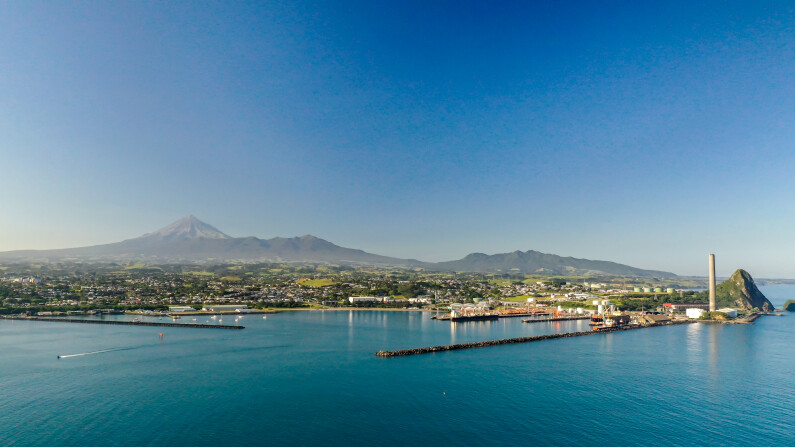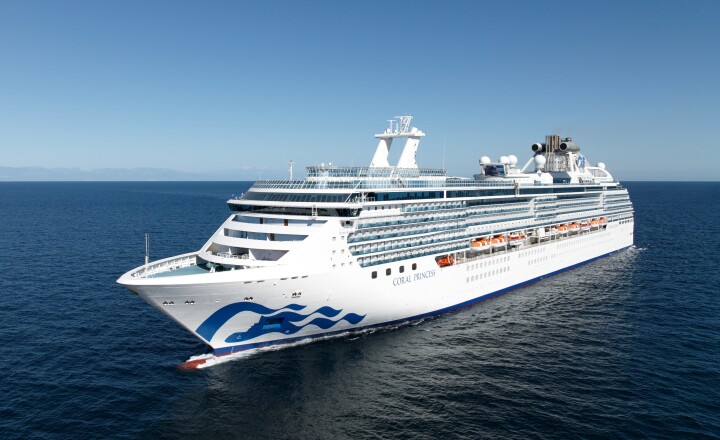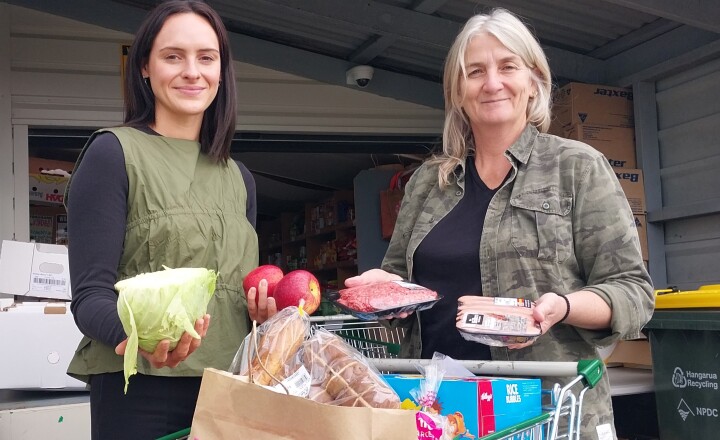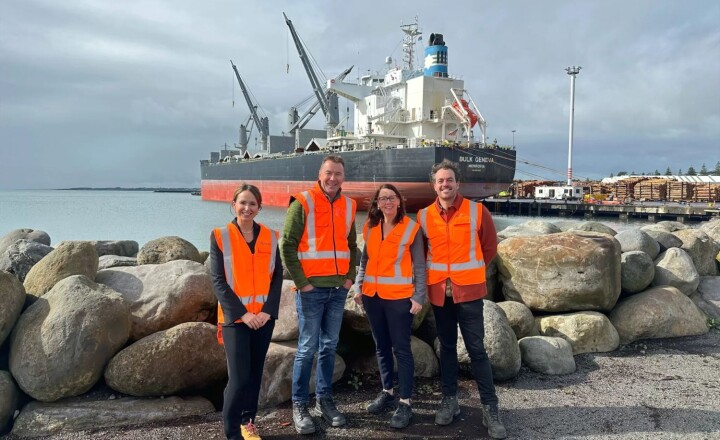
In business and industry, as in everyday life, planning is critical in establishing what you wish to achieve and setting out how you will achieve it.
At Port Taranaki, we rely heavily on forecasting and planning to set our direction for both the year ahead and the decades ahead. And while COVID-19 has thrown a major spanner in the works, having a clear plan has provided much-needed long-term direction and stability, while enabling us to make urgent day-to-day adjustments.
Recently, we announced our financial result for the 2020-21 half-year. While the result was pleasing – a net profit after tax of $5.46 million – we have planned for and are experiencing a more difficult second half.
Third-quarter trading has confirmed that our total trade volumes will be close to five million tonnes, which is about 10% down on last year. Constrained gas supplies have impacted, and continue to impact, the bulk liquids volumes through the port.
This, coupled with repairs and maintenance costs associated with the removal of the Moturoa Gallery and recladding of the Moturoa Store (see the story in this Portal), will impact the port’s full-year result.
Externally, planning is taking place at a regional level that affects Port Taranaki.
The Taranaki Regional Council (TRC), our sole shareholder, is consulting over its 2021-31 Long-Term Plan, including a focus on its investment strategy.
In considering the role its investments play in the future, the TRC is asking the public questions around investment diversity and partial ownership of the port. Based on the feedback, it may then review its long-term ownership of the port. This is entirely appropriate when considering decisions across the next decade.
It’s important that all Taranaki people consider these questions carefully and balance the importance of the port to the region – its infrastructure, its services, and the benefit received from dividends that offset regional rates – against the risk of the TRC’s investment.
Take a read online and submit before April 9.
We are also looking nationally, to the Government, to make some firm and decisive long-term planning and policy decisions regarding the supply chain, transport, infrastructure, and climate change.
There have been calls for the development of a national supply chain strategy that would provide value to the market, the economy and communities, by establishing a fully integrated, multi-modal system.
Regrettably, our political cycle has not provided the necessary environment where focus can be put on achieving a fully functioning and systematic supply chain. As an example, coastal shipping for Taranaki – a region that supports the drive to lower carbon emissions – is set up and ready to go, but impediments continue to be raised that deny even the smallest of benefit to be gained.
Ports are extensive and expensive operations. Major infrastructure and investment plans and decisions are made with the next 30-plus years in mind, so surety is required to allow ports to provide competitive services that enable New Zealand to grow.
Therefore, we look forward to the presentation of the New Zealand Infrastructure Commission’s 30-year infrastructure strategy to the Minister of Infrastructure in September.
The strategy was initiated last September and, in relation to transport and ports, considers such important factors as evolving global trade, digitalisation of the supply chain, freight industry commerciality and, consequently, the number and scale of New Zealand ports.
Better planning means being better prepared, which produces better results.


